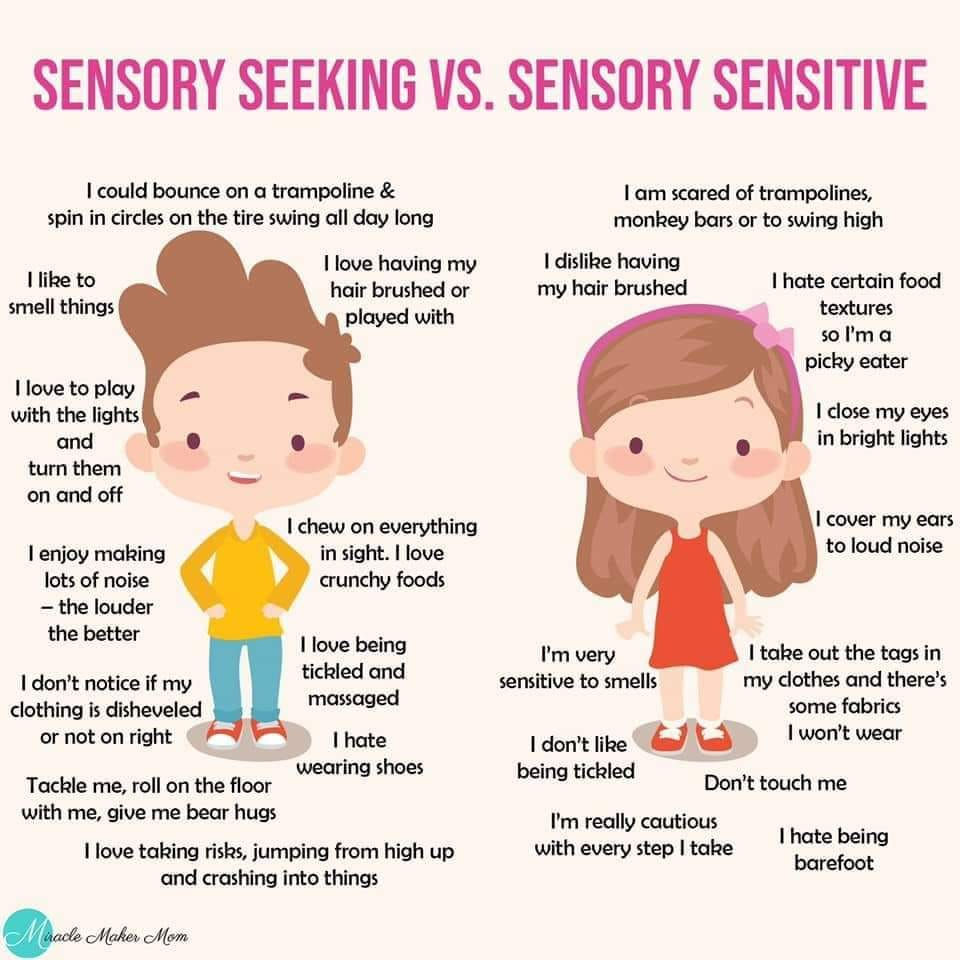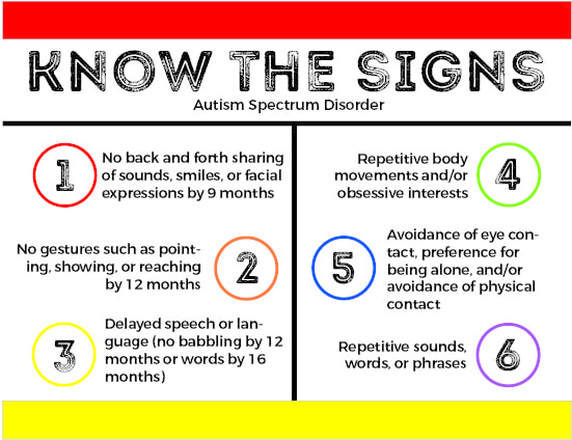Autism or Sensory Processing Disorder?
- Mallorie Ray
- Dec 31, 2020
- 5 min read
How do you know if your child is just struggling with Sensory Processing Disorder or if it is a symptom of Autism? Check out our previous post on Sensory processing disorder and how our sensory system works.
It is possible to have SPD and not have Autism. This is our situation. Our son does not meet the requirements to be diagnosed with Autism, but he does have SPD. If you think your child fits into the SPD category than move onto the Autism signs and symptoms. If your child does not meet the criteria of Autism like our son, then they are usually thought to have SPD. Of course other conditions such as ADHD could be accompanying SPD, but it would rule out Autism. Always seek medical advice if you suspect your child has SPD or Autism.
How to recognize SPD:
A disconnection with the nervous system with the senses.
The brain cannot organize sensory information once it is in the brain.
Clumsiness, behavioral issues, anxiety, failing in school.
Over sensitivity to clothes, food, certain textures, bright lights, loud sounds, certain smells.
Shows signs of poor motor skills and muscle strength
Sensory seeking behavior which consists of bumping into furniture or walls, high pain tolerance to hot and cold, or extreme rough housing or screaming.
Can be over responsive under responsive, and/or a sensory seeker

Over responsive (avoider)
Touch: Avoids touching or being touched by people or objects and reacts with a fight or flight response when getting dirty, to certain textures, light, unexpected touch, or sound.
Movement and Balance: Avoids being unexpectedly moved, is worried about falling or being off balance, keeps feet on the ground, or gets carsick.
Body position and muscle control: May be rigid or uncoordinated or avoid playground equipment that gives too much sensory input.
Sight: Gets overexcited with too much to look towards (such as toys or people), covers eyes and has poor eye contact, inattentive to desk work, over reacts to bright lights, and is alert and watchful.
Sound: Covers ears to close out sounds or voices and complains about noises such as vacuum cleaners that don't usually bother others.
Smell: Objects to odors such as a ripe banana when others do not notice it.
Taste: Strongly objects to certain textures and temperatures of food, may frequently gag while eating, and does not like to try new foods.
Under responsive
Touch: Is unaware of messy hands, face, or clothes, may not know that he or she was touched, does not often know how things feel and often drops items, lacks inner drive to handle toys.
Movement and Balance: Does not notice or object to being moved, is unaware of falling and protects self poorly, and usually does not start movement themselves, but when they do they can swing and spin without getting dizzy.
Body position and muscle control: lacks inner drive to move for play and becomes alert after actively pushing, pulling, lifting, or carrying heavy loads.
Sight: Ignores new visual stimuli like obstacles or a path, responds slowly to approaching objects, may not look away from a bright light, and stares at or looks right through faces and objects.
Sound: Ignores ordinary sounds and voices and may like exaggerated musical beats or very loud, close, or sudden sounds.
Smell May be unaware of unpleasant odors and unable to smell his meal.
Taste: May be able to eat very spicy food without reaction.
Seeker:
Touch: Walks in mud, dumps out bins of toys and rummages through them for no reason. Chews on non food objects like shirts or cuffs. Rubs against walls and furniture and bumps into people.
Movement and Balance: craves fast and spinning movement and may not get dizzy, moves constantly or fidgets, gets in upside down positions, and is a dare devil taking risks.
Body position and muscle control: Craves bear hugs and being squeezed or pressed. Seeks heavy work and more vigorous playground activities than others.
Sight: seeks visually stimulating scenes and screens for lengthy periods of time, limes shiny or spinning objects, and likes bright, flickering lights or lights coming through the blinds.
Sound: Welcomes loud noises and TV volume, loves crowds and places with noisy action, and may speak in a booming voice.
Smell: Seeks strong odors (even bad ones) and sniffs food, objects, and people.
Taste: May lick or taste inedible objects like play dough or toys and may prefer hot or spicy foods.
What is Autism?
What I want to be very clear on is that Autism is a Spectrum: That is why they now called it Autism Spectrum Disorder (ASD) Looking up the signs and symptoms of Autism can be very scary and overwhelming for parents and caregivers. Please be aware that just because your child does a few of these things does not mean that they have Autism. My son has many of the characteristics of Autism and has been tested. He is not ASD because he is socially aware, can hold on conversations with someone, and can make a connection with individuals. He has every other characteristic, but that does not mean he has ASD. Always consult with your child's doctor if you are looking this up and think your child may have ASD.
The reason why they call it a spectrum is that every child that meets the criteria for ASD are all so different. They may have symptoms that vary in intensity and frequency. They may not have every single symptom or sign. It is a very complicated diagnosis, but some signs and symptoms can be grouped to show an overall set of characteristics of people on the spectrum.

Here are some things that you may see in someone with Autism:
Not respond to their name (the child may appear deaf)
Not point at objects or things of interest, or demonstrate interest
Not play “pretend” games
Avoid eye contact
Want to be alone
Have difficulty understanding, or showing understanding, or other people’s feelings or their own
Have no speech or delayed speech
Repeat words or phrases over and over (echolalia)
Give unrelated answers to questions
Get upset by minor changes
Have obsessive interests
Flap their hands, rock their body, or spin in circles
Have unusual reactions (over or under-sensitivity) to the way things sound, smell, taste, look, or feel
Have low to no social skills
Avoid or resist physical contact
Demonstrate little safety or danger awareness
Have unusual interests and behaviors
Have extreme anxiety and phobias, as well as unusual phobias
Line up toys or other objects
Play with toys the same way every time
Like parts of objects (e.g., wheels)
Become upset by minor changes
Have obsessive interests
Hyperactivity (very active)
Impulsivity (acting without thinking)
Short attention span
Aggression
Causing self injury
Meltdowns
Unusual eating and sleeping habits
Unusual mood or emotional reactions
Lack of fear or more fear than expected
Have unusual sleeping habits
Check out our next post that will share how we found out our son had ADHD and the struggle we had during his VPK school year.




Comments